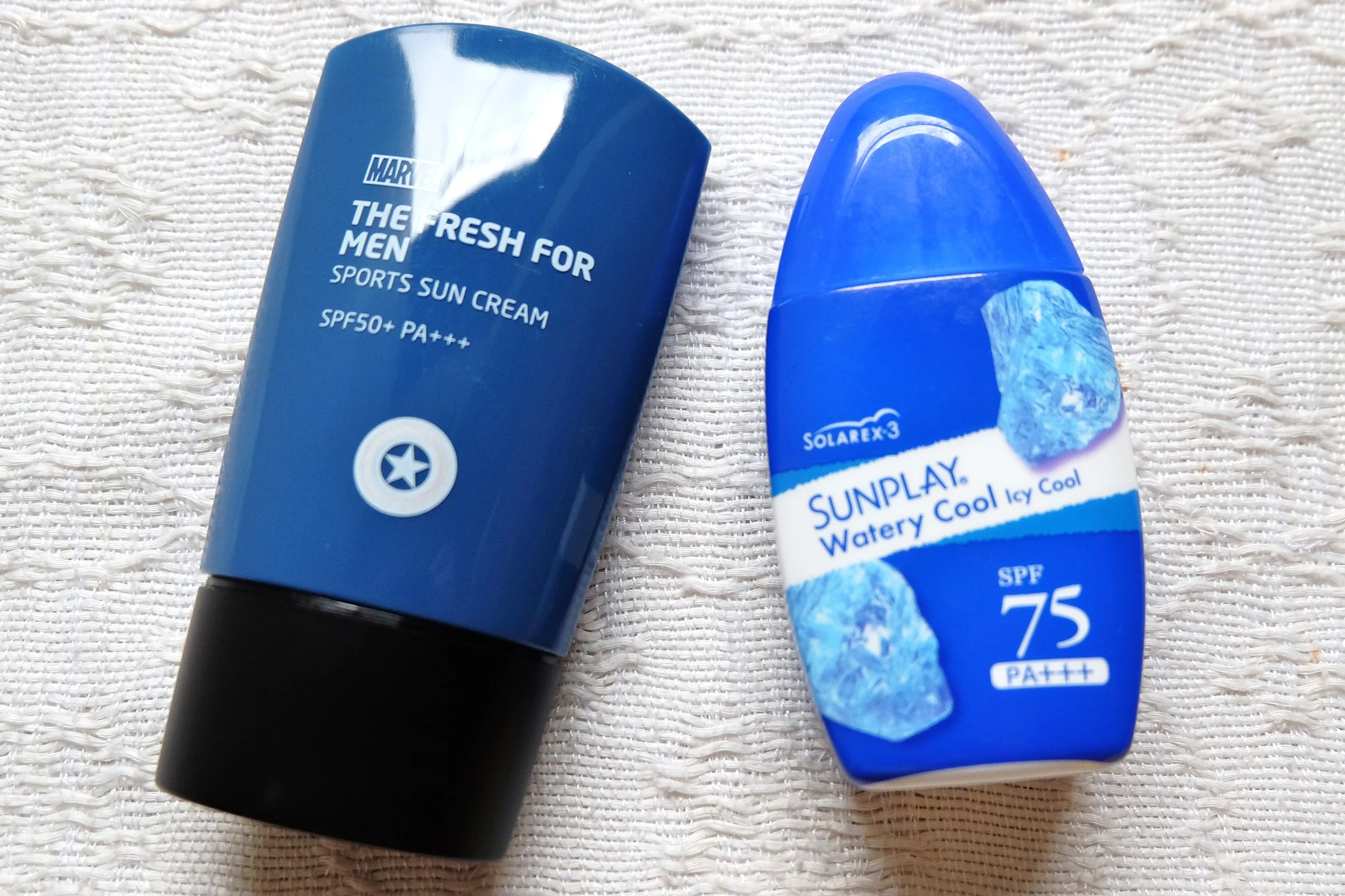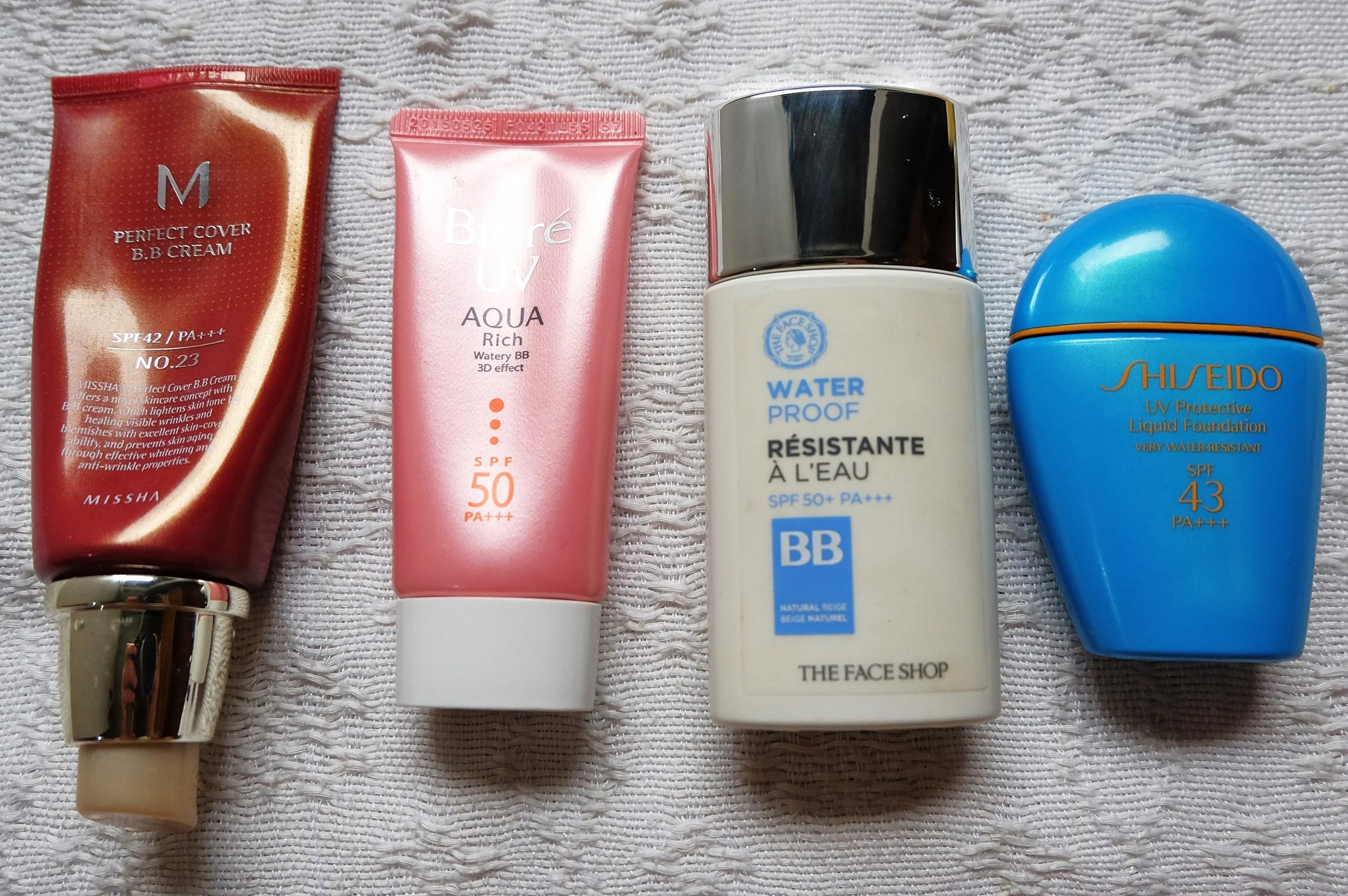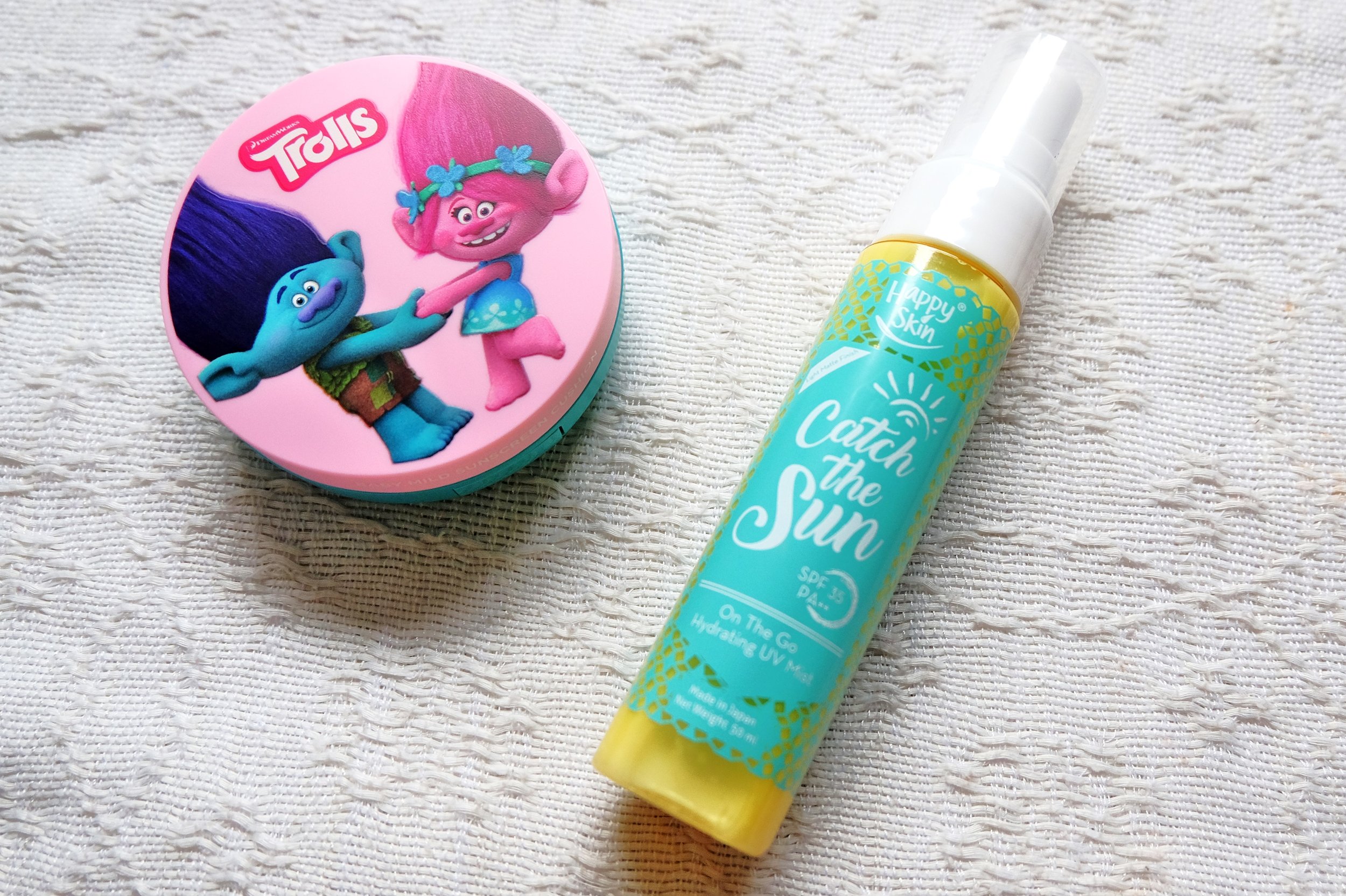Here are the eight sunscreen mistakes you're probably guilty of
Ultraviolet might be the color of the year but anyone interested in skincare knows that UV rays aren’t cool. When it comes to proper skin care, proper SPF is the commandment no one can break. Any PV girl worth her salt knows never to skip SPF; our editors Liz and Den would probably disown us if we ever violate this basic skin care rule!
Still, I would have to ‘fess up and admit to several things I might be neglecting when it comes to sun protection. Yes, it’s totally possible to be a skincare junkie yet still forget to cover all our SPF bases!
Simplified explanation of SPF and PA, from the packaging of my Biore UV Aqua Rich Watery Gel
Mistake #1: Misunderstanding sunscreen labels
You might know what SPF stands for (Sun Protection Factor), but do you know what those other numbers, letters, and symbols mean? The SPF indicates the level of protection from UVB (the kind that causes sunburn - to make it easier to remember just think that the B in it is for burn). The higher the number, the better protection your sunscreen gives. SPF30 gives 97% protection while SPF50 is at 98% but there is no sunscreen on earth that can yet protect the skin totally from sun exposure. Even though the 2% difference seems small, opting to use higher SPF gives you better protection from burns, especially if you end up under-applying your sunscreen.
The PA (Protection Grade of UVA), on the other hand, indicates the level of protection from UVA rays (this causes premature aging and DNA damage). The more plus signs (+) you see, the better the protection! This tends to be tested for only Asian formulas though, so you might not see it on Western brands. but you can also look for the words “Broad Spectrum” on the label. You won’t get an idea of which ones have better protection (the FDA’s tests for this are just pass or fail, no ratings), but at least you have an idea which ones both have UVA and UVB protection.
Mistake #2: Not applying enough, everywhere
Dermatologists agree that the most common mistake people do with sunscreen is applying too little of it. The recommended amounts of one teaspoonful of sunscreen for the face, and one shot-glassful per limb can seem too much, but we don’t get the full protection from our sunscreen if we under-apply. I like to massage my sunscreen into my skin to make sure every inch is covered. It’s also recommended to apply sun protection on the body prior to getting dressed - clothing very rarely protects fully from the sun regardless how tightly they are woven.
I also sometimes neglect certain areas when applying sunscreen. I learned my lesson the hard way when I wore my trusty FitFlops to an outdoor event and ended up with a reverse triangle sunburn on each foot for the next week! The hairline, ears, décolletage, and hair (particularly the scalp, right along where we part our hair) are also commonly forgotten. The skin on our eyelids and lips are also noticeably thinner, hence need more protection from the sun, but are also often neglected. My Aquaphor Lip Protectant + Sunscreen lives in my purse for that very reason. I fortunately find my current serum-type sunscreen (Vella Ultra Hydro Sun Essence) works well on my eyelids, but those with sensitive eyes might find it impossible to use their face sunscreen on the lids. A great option is the Benefit Air Patrol Eyelid Primer which boasts an SPF 20 PA++++.
Mistake #3: Relying on SPF alone
Yes, sunscreens are a godsend but on days when you know you’ll be out in the open, it's important to get extra help. Hats or caps lend extra sun protection for our scalps, and shade for our faces. Sunglasses shield our eyes from the glare of the sun (because we can’t apply sunscreen on our eyeballs). Scarves, shawls and jackets afford additional coverage for our skin; they’re not just for cooler weather.
If none of these are to be had, we can do our best to stay out of direct sunlight. Try to stay in the shade, or tote along an umbrella.
Mistake #4: Thinking sunscreens are waterproof and sweat proof
Even with new formulas, no sunscreen is totally waterproof. In fact, the US Food and Drug Administration (FDA) has restricted the use of the word "waterproof" on sunscreen labels, and decreed that “water resistant” be used instead, followed by x number of minutes the formula is said to withstand water. Do note that even the most water resistant formulas aren’t sweat proof, either. It’s possible that a sunscreen will stay on your skin for more than an hour underwater, but get washed away by sweat after a few minutes.
Mistake #5: Relying on makeup for protection
Just a few years ago, you would have been hard-pressed to find a good base that included sun protection. Thankfully now, there are many options! I must confess that sometimes when I’m in a real hurry, I’d resort to going with a base with high, broad-spectrum SPF. We all have those days when we can’t be bothered to let sunscreen completely absorb before putting on makeup, right? Well, experts say depending on makeup SPF is not nearly enough. To get the maximum protection on the label, you’d have to apply it as generously as you would regular sunscreen. That’s right - a whole teaspoonful of it on your face alone. Hello, cake face! It’s still important to use a real sunscreen, regardless of how good the SPF of your makeup base.
Mistake #6: Using just one product for SPF
Layering sun protection is such an awesome way to protect your face from sun damage. I personally always use (aside from sunscreen, of course) a base, a powder, and a setting spray all with SPF. My love affair with powder foundations with SPF is obvious: I have the Lancome Blanc Expert with SPF 35 PA+++, Revlon Photoready Two-way Powder Foundation with SPF20 PA+++, and Happy Skin Don’t Get Mad Get Even Powder Foundation with SPF 20 PA++. I tote one of these around for retouches, too. I like setting everything with the Happy Skin Catch the Sun Hydrating UV Mist with SPF35 PA++ because it also dewifies my whole look with a natural glow!
The Face Shop Natural Sun Eco Baby Mild Sunscreen Cushion SPF 28 PA+++, Happy Skin Catch the Sun On the Go Hydrating UV Mist SPF 35 PA++
Mistake #7: Forgetting to reapply
This is the one mistake I most often commit. As a working mom of two, I make many excuses about how I don’t have the time to reapply during the day but the truth is, I simply forget to do so! It’s good that I retouch with powders and mists with SPF, but those are good for normal days when I stay mostly indoors. Always remember to reapply sunscreen every two hours when outdoors, and more often than that when swimming or doing sports (as often as needed, after toweling off). Also, don’t forget your hands! We often wash our hands, and forget to reapply sunscreen after. Sun protection is the one good thing you can’t get too much of.
Mistake #8: Not removing sunscreen properly
After applying and reapplying all of that sunscreen, you’ll need to take it off properly at the end of the day, too. I’ve always thought I needed oil-based cleansers to remove every trace of it (logic going along the lines of like removes like, so oil should remove oil), but as it turns out a regular cleanser is sufficient enough, as it has surfactants. I still stick to oil-based cleansers for my face though, because these remove makeup so much easier prior to my second cleanse (a low-pH face cleanser). For the body, I help my regular body wash or soap along with a loofah for a more thorough cleanse.
Now that I know how many of these SPF crimes I’ve been committing, I’ll try to do better. My skin has been so much better since I started protecting it with proper skin care, but leaving it unprotected from the sun will undo all of that and even put myself at risk for skin cancer. I don’t care if people think I’m maarte when I insist on using an umbrella even on cloudy days - my skin will thank me for it!
Have you been guilty of making any of these mistakes? Or do you take sun protection as seriously as religion? Do share some more anti-UV tricks if you have ‘em, and help your fellow PV peeps out!
Sources: The Klog, Paula’s Choice Beautypedia, The American Academy of Dermatology, US FDA, Dr. Oz Blog, Labmuffin









